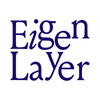Censorship Resistance with Restaking
MEV-Boost protects Ethereum’s validator set from Maximum Extractable Value’s (MEV) centralization pressures. It is an open-source project designed by the Flashbots team. MEV-Boost’s relays simplify the interaction between builders and proposers in this system, streamlining the system and eliminating the need for complex cryptography.
There are however concerns within this system. Data shows that as much as 93% of all proposers exchange their transaction inclusion power for MEV profit, essentially a binary choice that has liveness and censorship concerns.
To alleviate these concerns while allowing the proposers to have MEV rewards, we propose two new partial block relay designs, MEV-Boost+ and MEV-Boost++. These are designed to supplement MEV-Boost in the existing system.
Full design can be found here at MEV-Boost+/++. A video walkthrough of the designs is also available on YouTube.

MEV-Boost+ gives proposers the power to conduct partial block auctions, minimizing liveness reliance on relays and builders. A half step further, MEV-Boost++ eliminates the trust assumption on the relay altogether.
A prime feature of MEV-Boost+/++ is its flexibility in block auctioning. It provides the proposer two lanes for block auction, one for full and one for partial blocks, expanding the former binary choice model to a more fluid one.
In the partial block relay, to prevent MEV stealing, builders receive a crypto-economic guarantee on partial block atomicity. If a proposer breaches the partial block's atomicity, they compensate the builder 30 ETH through EigenLayer’s restaking mechanism. Builders compare this potential extra revenue against their potential loss if a proposer manipulates a block. If the expected loss exceeds 30 ETH, builders would still use the full block relay.
In practice, we expect full block auction and partial block auction will both be used by different proposers during different times. During high volatility periods, full block relays would still be heavily used because of higher MEV rewards. The partial blocks would be much more competitive during lower volatility periods.
In conclusion, MEV-Boost+ and MEV-Boost++ present an opportunity to reshape the Ethereum ecosystem with a partial block relay design, geared towards enhancing censorship resistance and empowering proposers while preserving MEV profit exposure. We hope these designs could not only shed light on the liveness risks of the current MEV supply chain but also demonstrate the powerful applications possible on EigenLayer.

